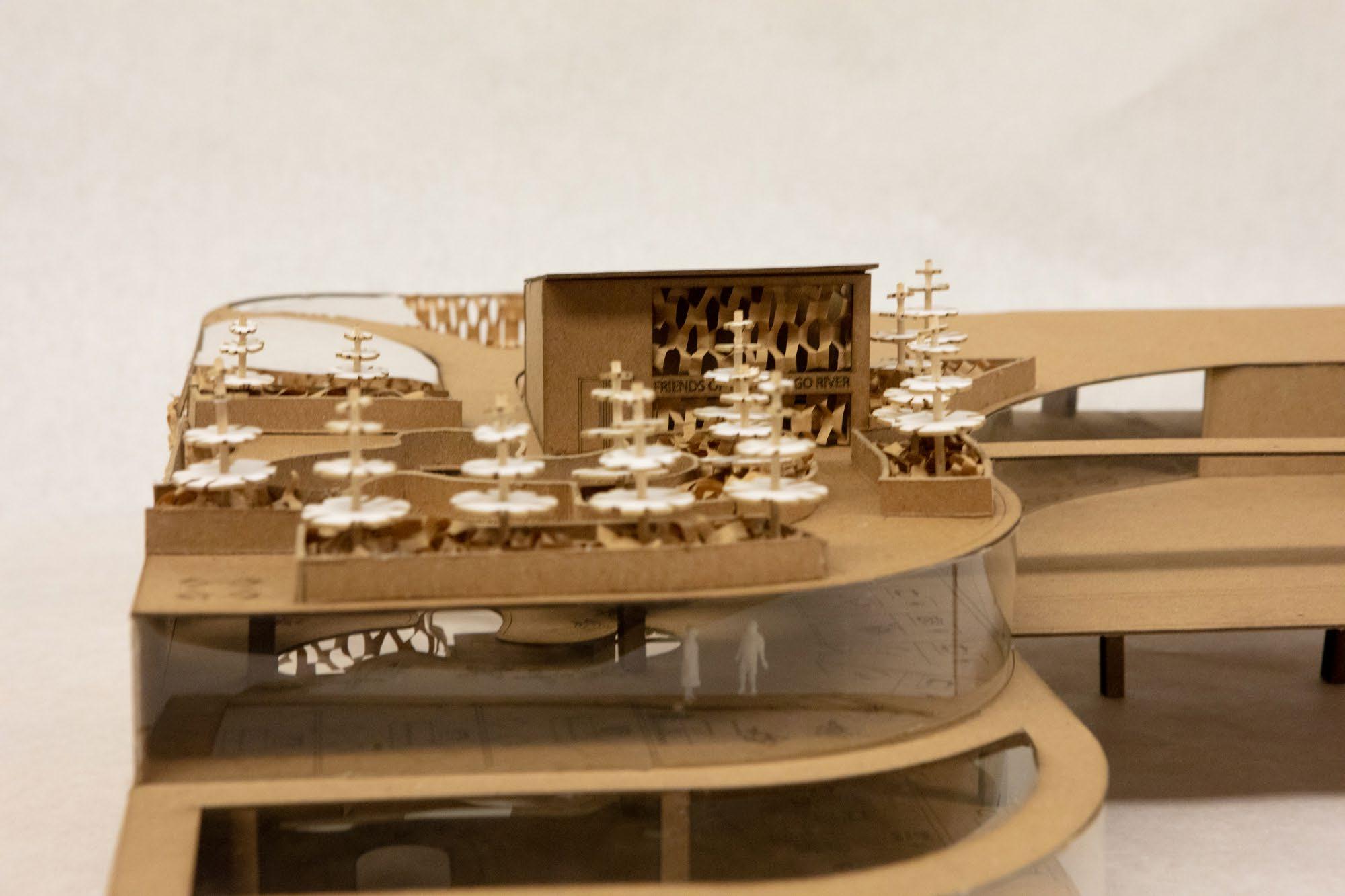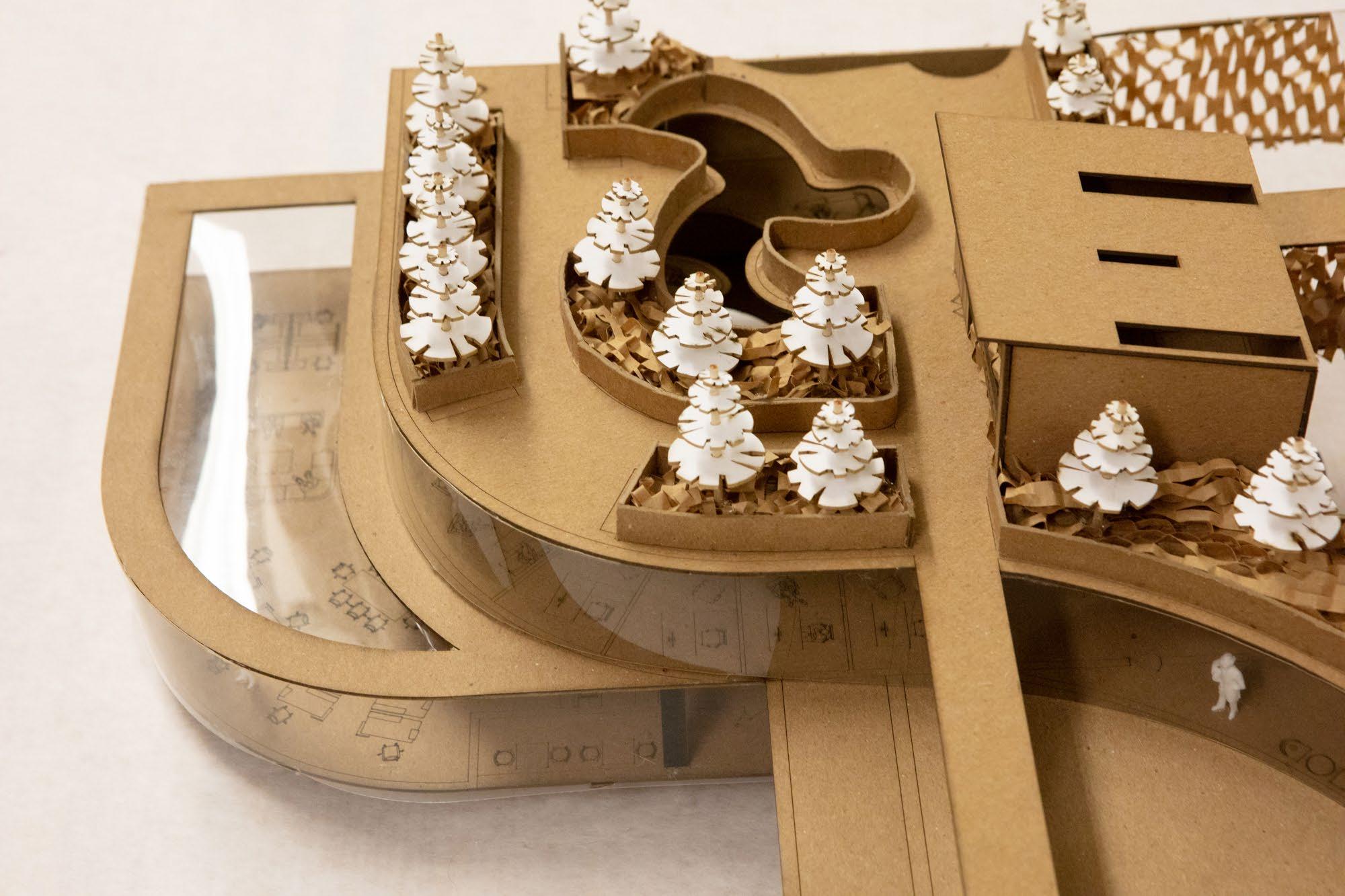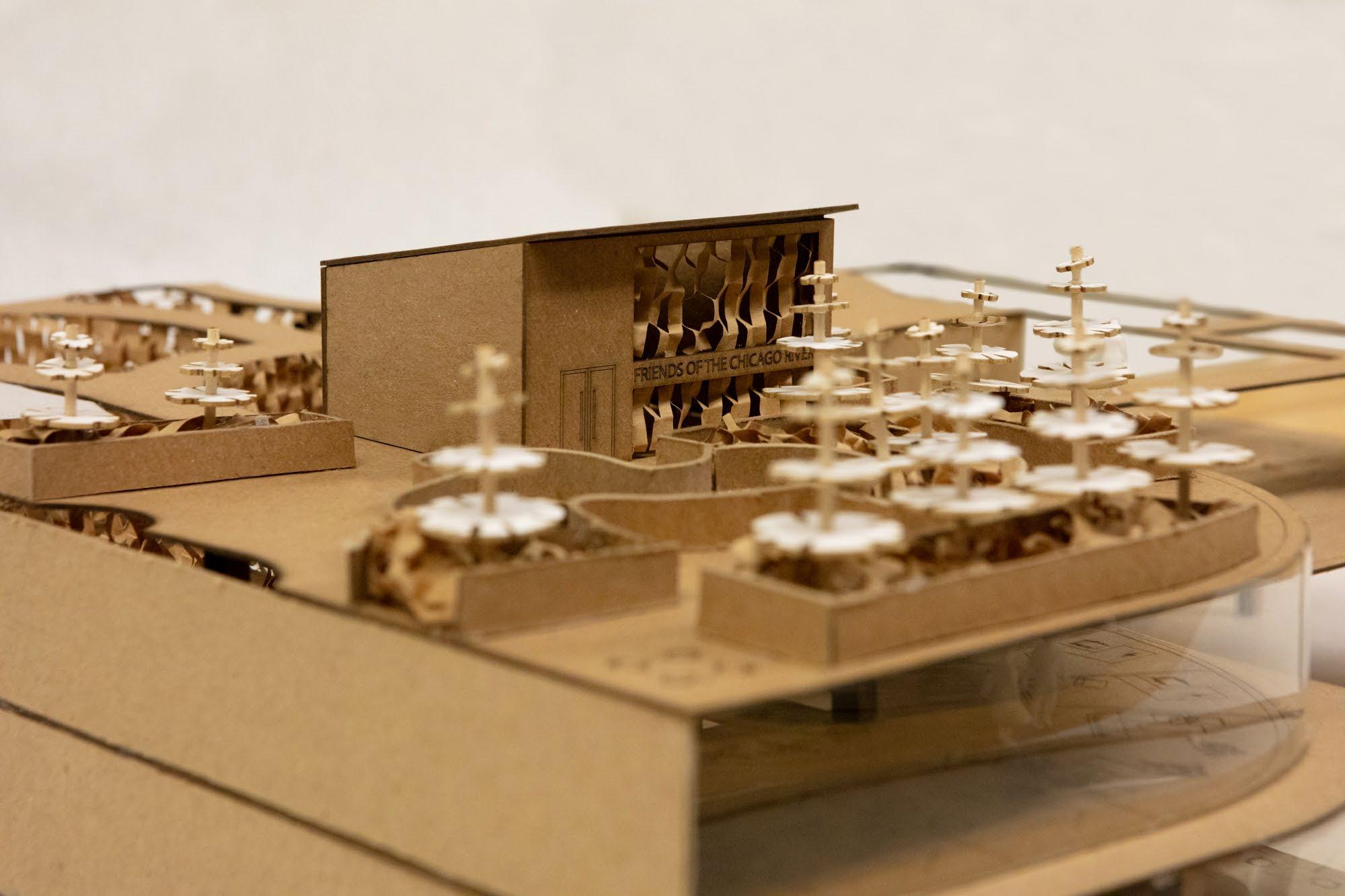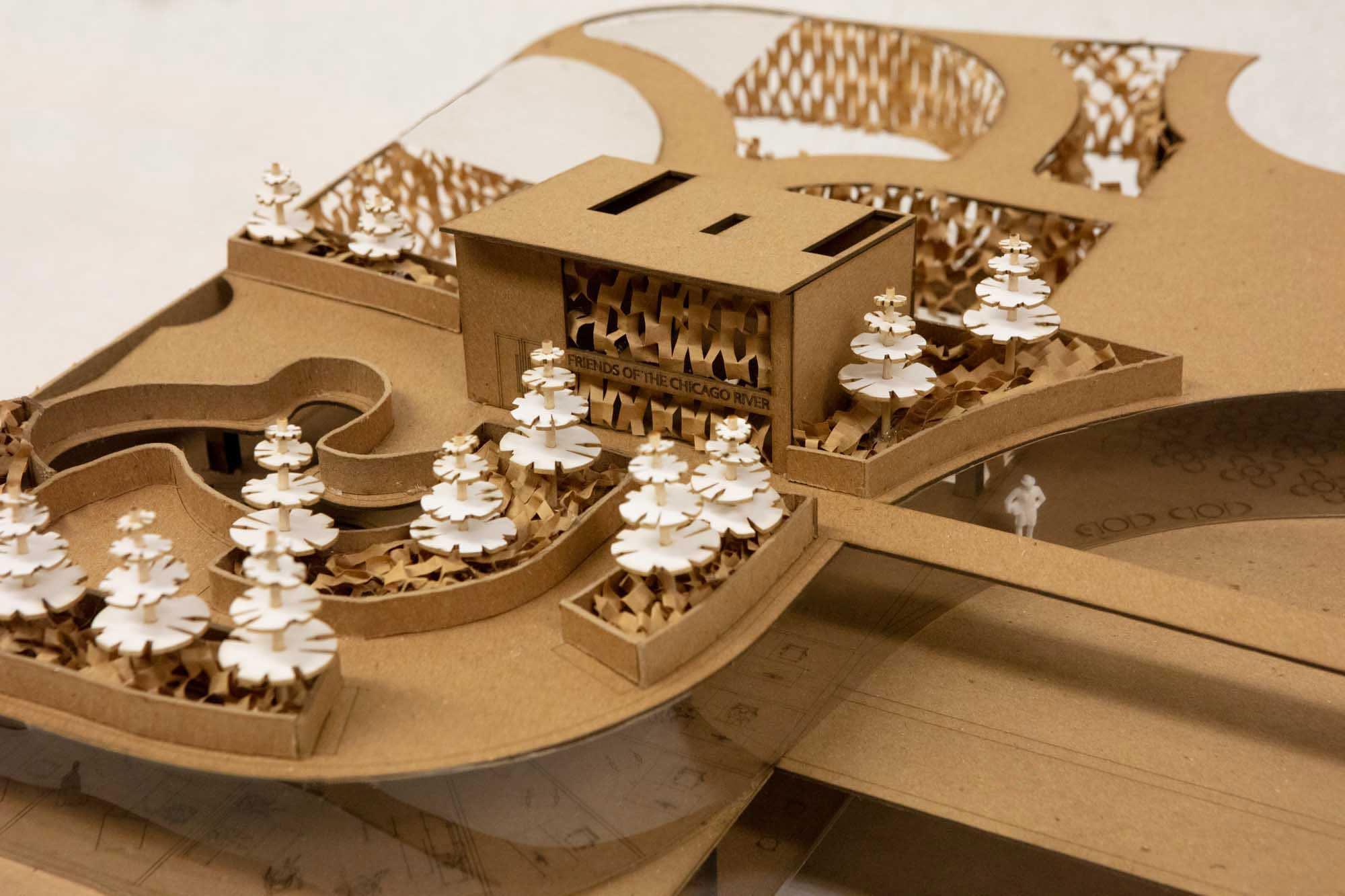




ACADEMIA | THESIS
ADDRESSING UNESCO WORLD HERITAGE SITES IN DANGER IN THE ARAB STATES AFFECTED BY CONFLICTS OF WAR
TRIPOLI, LEBANON
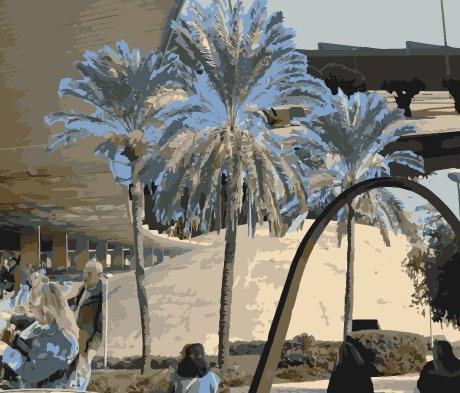
AWARDS & RECOGNITION
BEST MASTER OF ARCHITECTURE THESIS - SAIC CLASS OF 2024
AIA MEDAL OF EXCELLENCE
CHICAGO AWARD IN ARCHITECTURE NOMINATION
The United Nations Educational, Scientific, and Cultural Organization (UNESCO) List of World Heritage in Danger is a call to action towards deteriorating areas of cultural significance. The approach of preserving physical areas of history is commonly thought of as preserving what once was and memorializing it towards the common day person as not all sites share the same need for memory and reconstruction. UNESCO has categorized the Middle East and North Africa as the Arab States with twenty two of the twenty three sites under the World Heritage in Danger fall in this category not because of sole neglect, but from conflicts of war in the region. These sites have become overwritten with painful memories, connotations, and remain as evidence to a traumatic period to the local community.
The Rachid Karami International Fair in Tripoli, Lebanon is on the List of World Heritage In Danger, with remnants of war littered on the site physically and emotionally, the scars of which continue to affect the local people. Built by Oscar Niemeyer in 1962, it was intended to bring the Middle East and Lebanon into the age of Modernism. Physical site observations in varying seasons and local interviews have exposed the sites’ new purpose, serving as a promenade and exhibition spaces, accompanied by visible remnants of war throughout the site.
We see preservation as restoring the past, but what’s to be addressed in spaces scarred by discord? Is preservation of these sites the best option for these communities? Can we begin to approach preservation as utilization and healing over retaining a museum of misery that exists throughout all these sites? How can these areas be utilized to benefit the context of the surrounding environment, rather than creating an area of tourism to be reminded of a painful period? With the majority of these sites sharing a similar sensitive context to the fair, an adaptive reuse approach that prioritizes healing and community building over prioritizing physical preservation of space can rewrite the sites’ use and memory for those most distressed in the present.
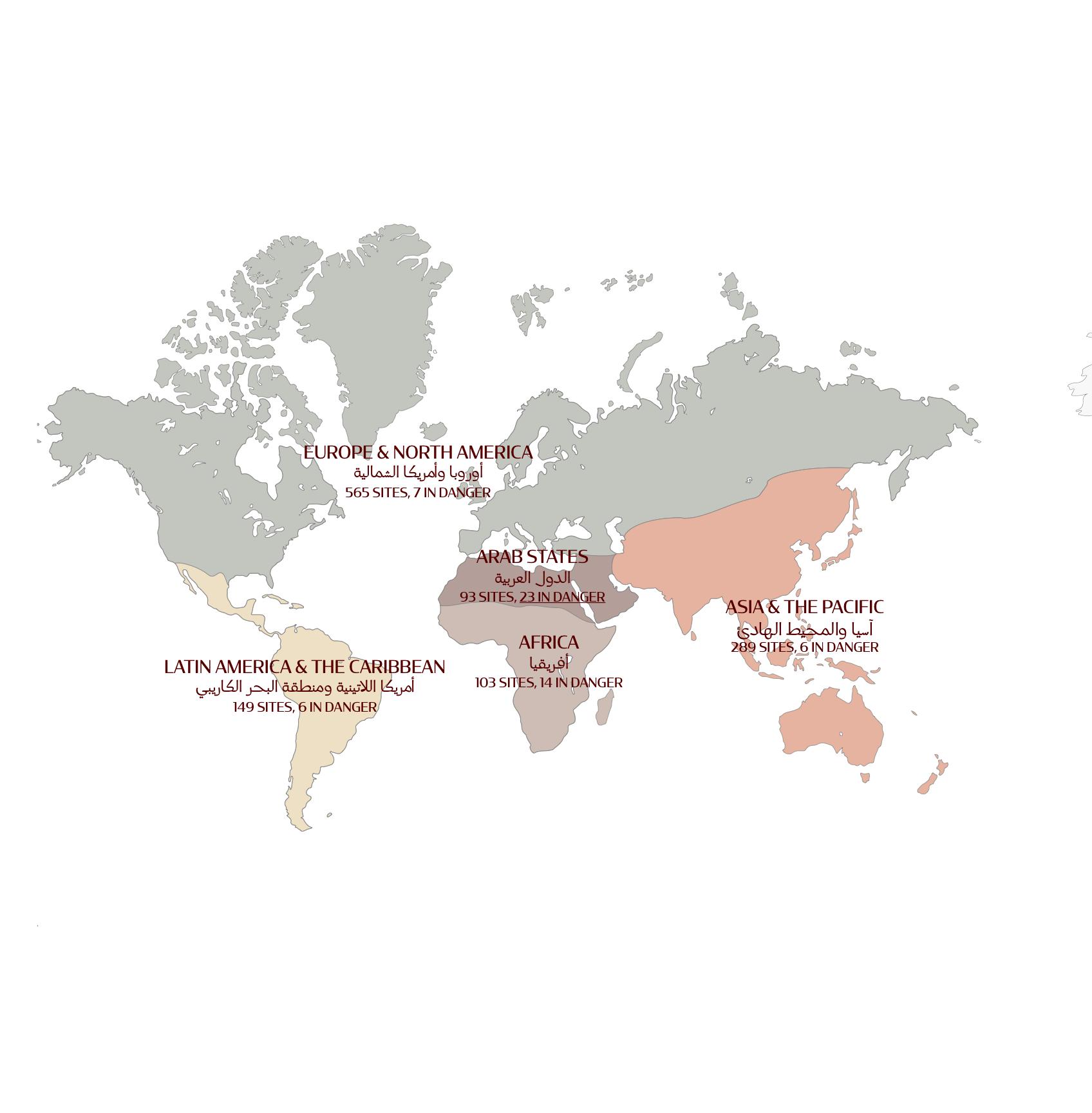
Although Arab States have the smallest number of total World Heritage sites, 25% of them fall under the List of World Heritage in Danger, making it the largest percentage out of the five regions.

22 of the 23 sites listed on the List of World Hertiage in Danger among the Arab States fall under this categorization due to reprocussions of war.
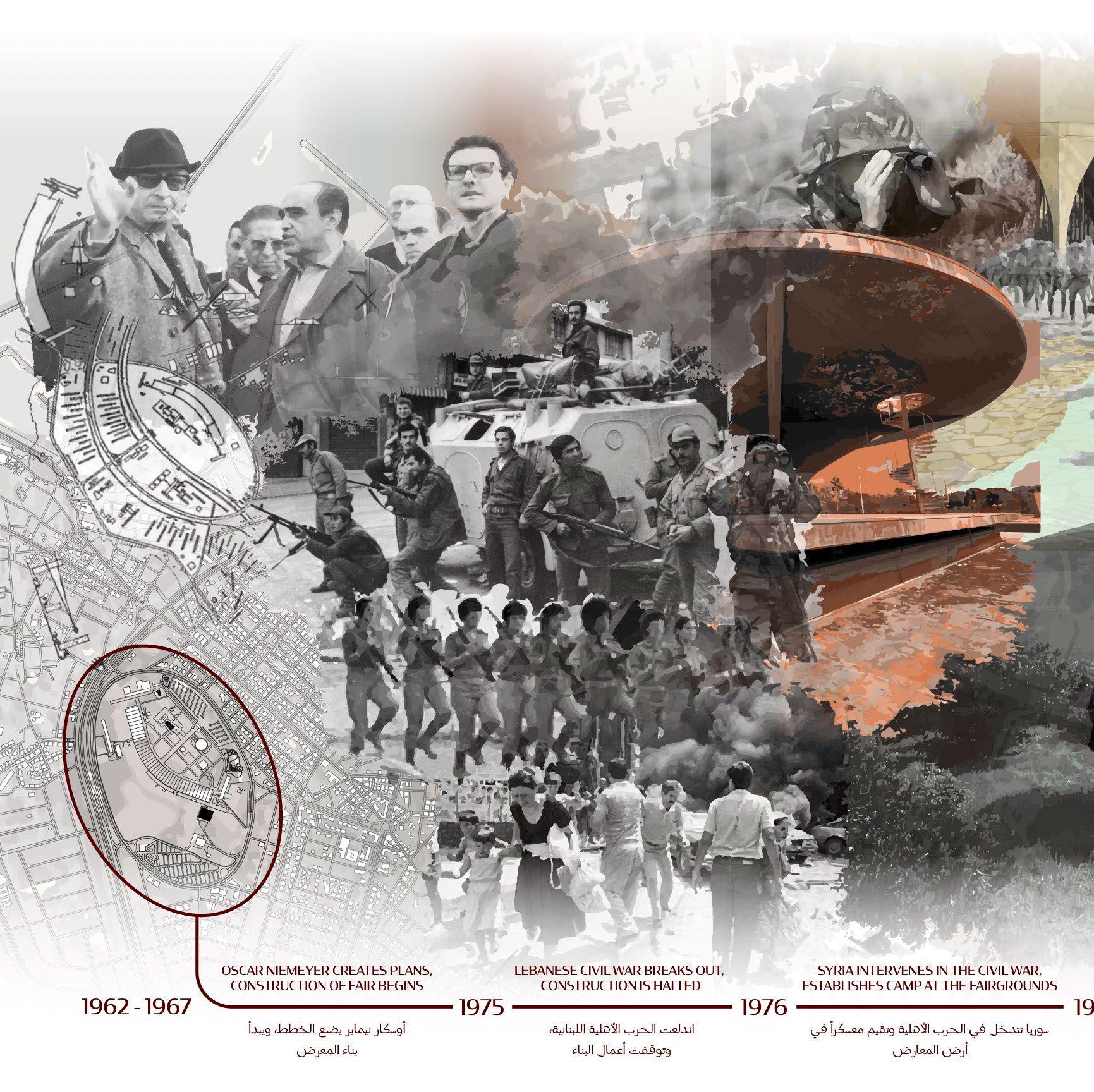
From its first design iteration to its inscription on the danger list, the fairgrounds use changed during the Lebanese Civil War and the occupation of the Syrian Army in Lebanon. Used as a military base of operations, this narrative overwrote the original uses of the various buildings on the fairgrounds, changing purpose of planned spaces into spaces scarred by war and neglect.
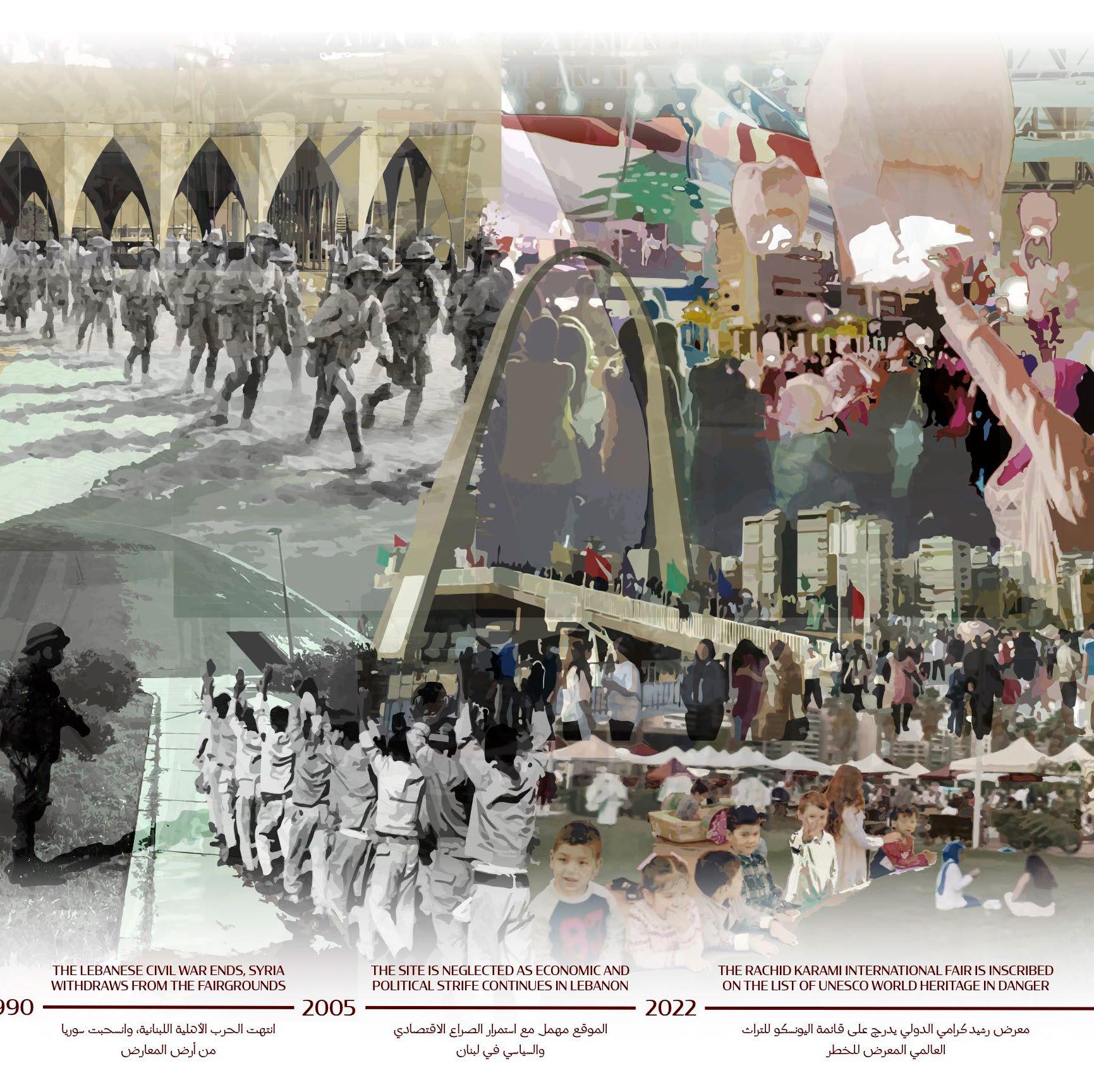
A vast array of concrete structures that remain today, outliving the strife and physical damages of war. However, their uses have been overwritten, with each space developing different meaning and program. By looking at three of these buildings, different preservation methology and implementation can be approached while respecting and benefitting the surrounding community.


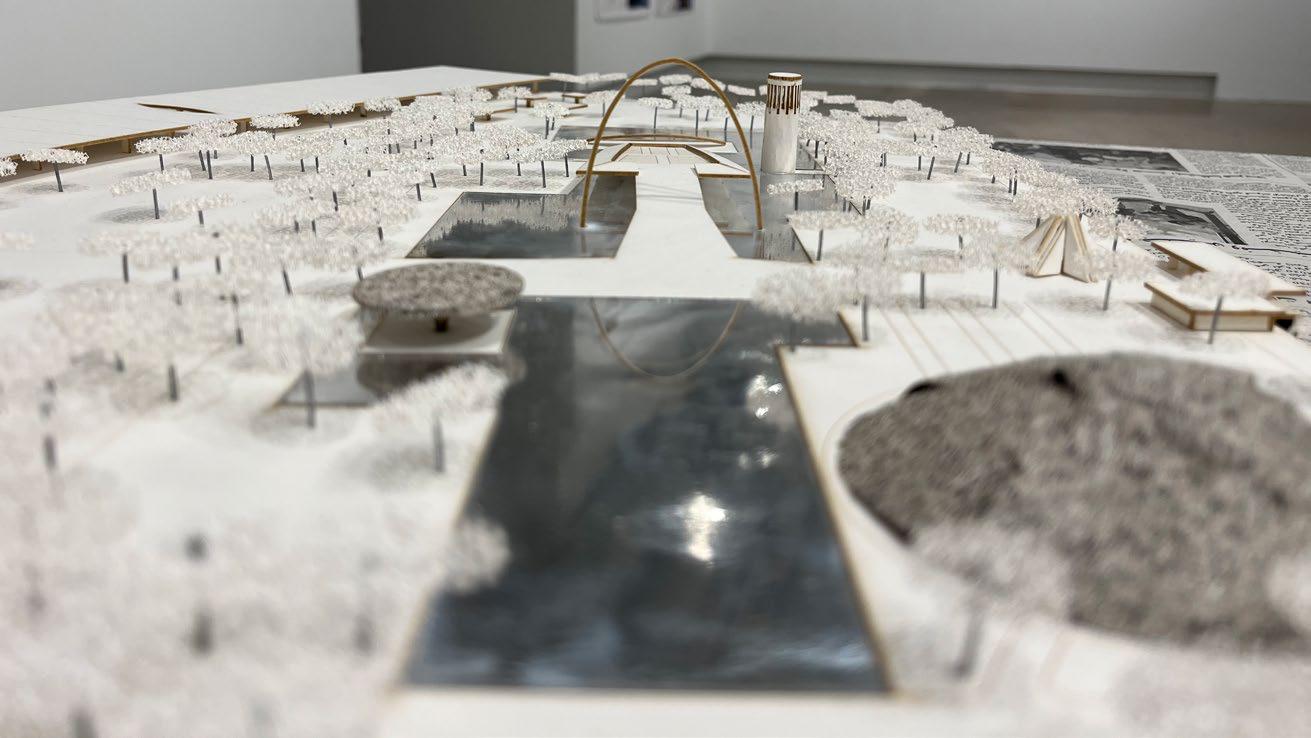





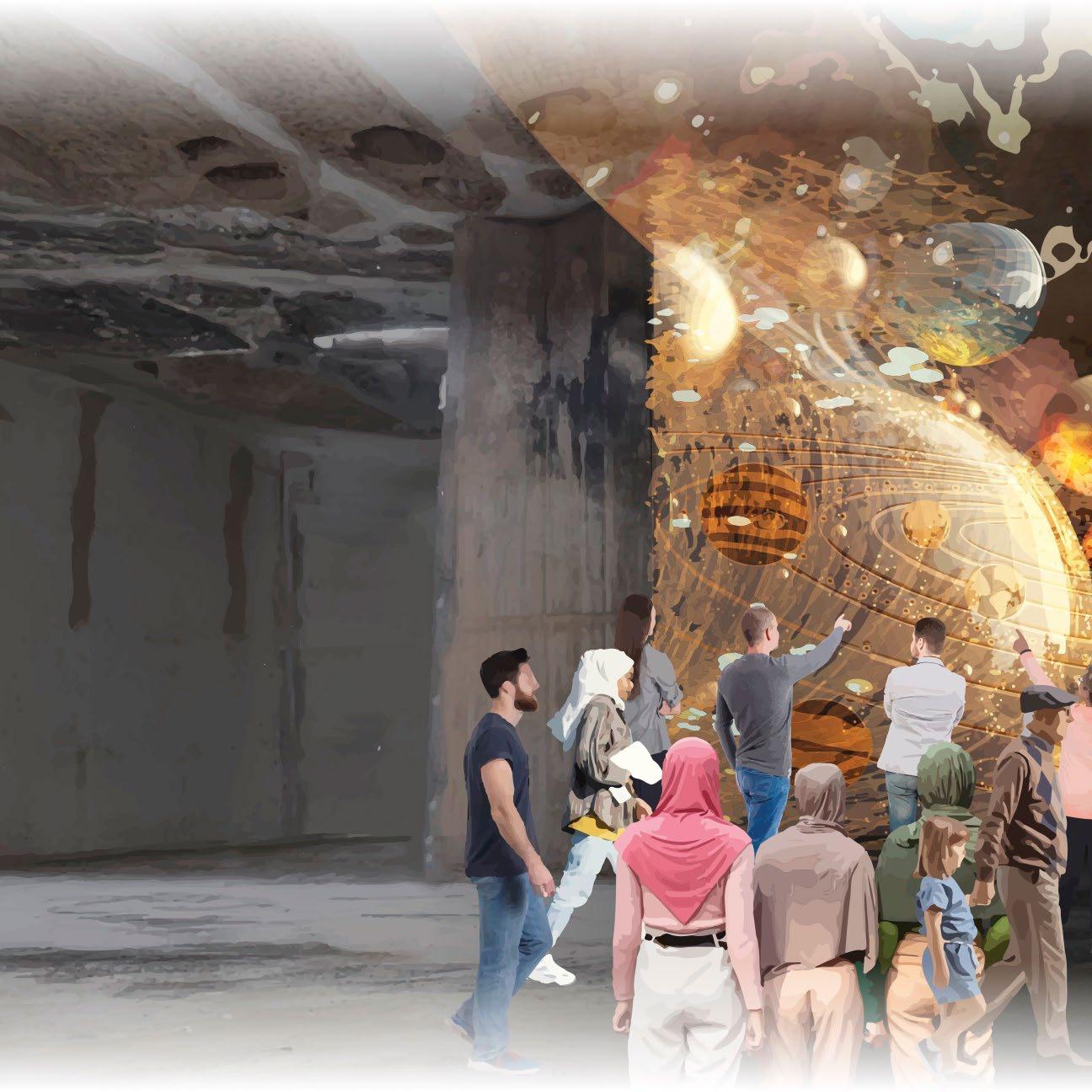
What was originally intended to be the Helipad with a Museum of the Cosmos underneath has deteriorated and become unused during the war. Being untouched since its constrution allows it to be reused and rebuilt as it once was, benefitting the community with knowledge about space and the stars.




For the Spaces we Revitalize: Lebanese Pavilion to Venue

What was originally intended to be the Lebansese Pavilion containing a restaurant was used as a communication hub during the war. Although food isn’t suitable to be served in this space, the community has already altered what form of gathering occurs here by utilizing it as a performance stage. Revitalizing it into a music venue for local musicians and artisits to perform in creates a more positive sense of gathering for the community.

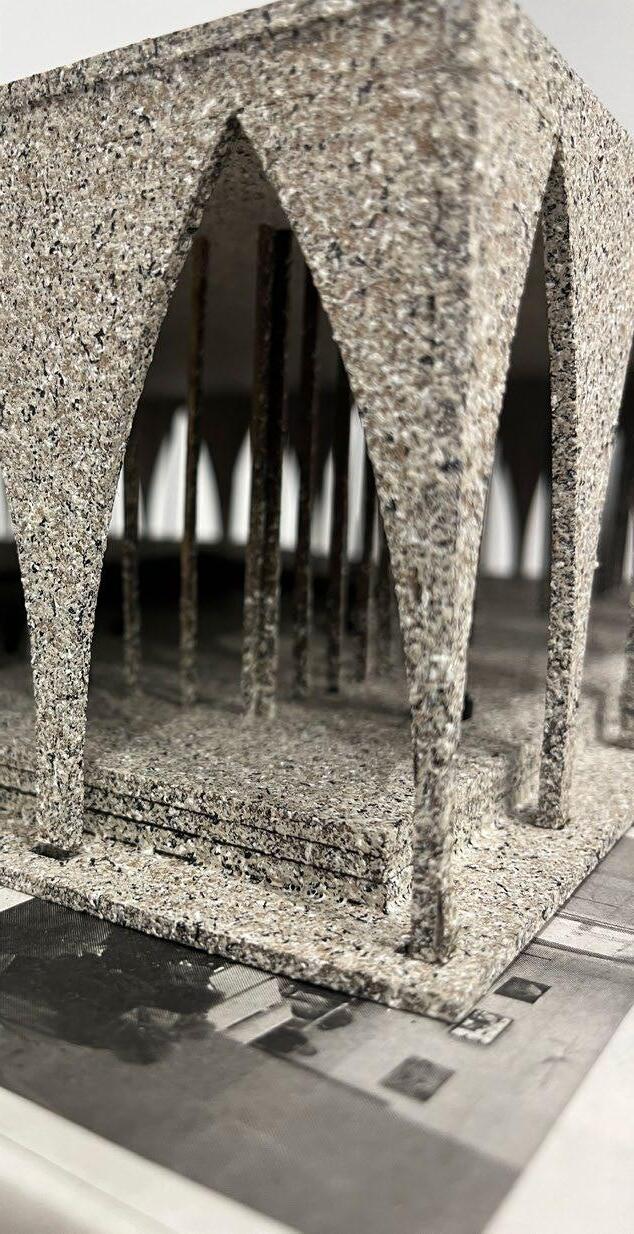
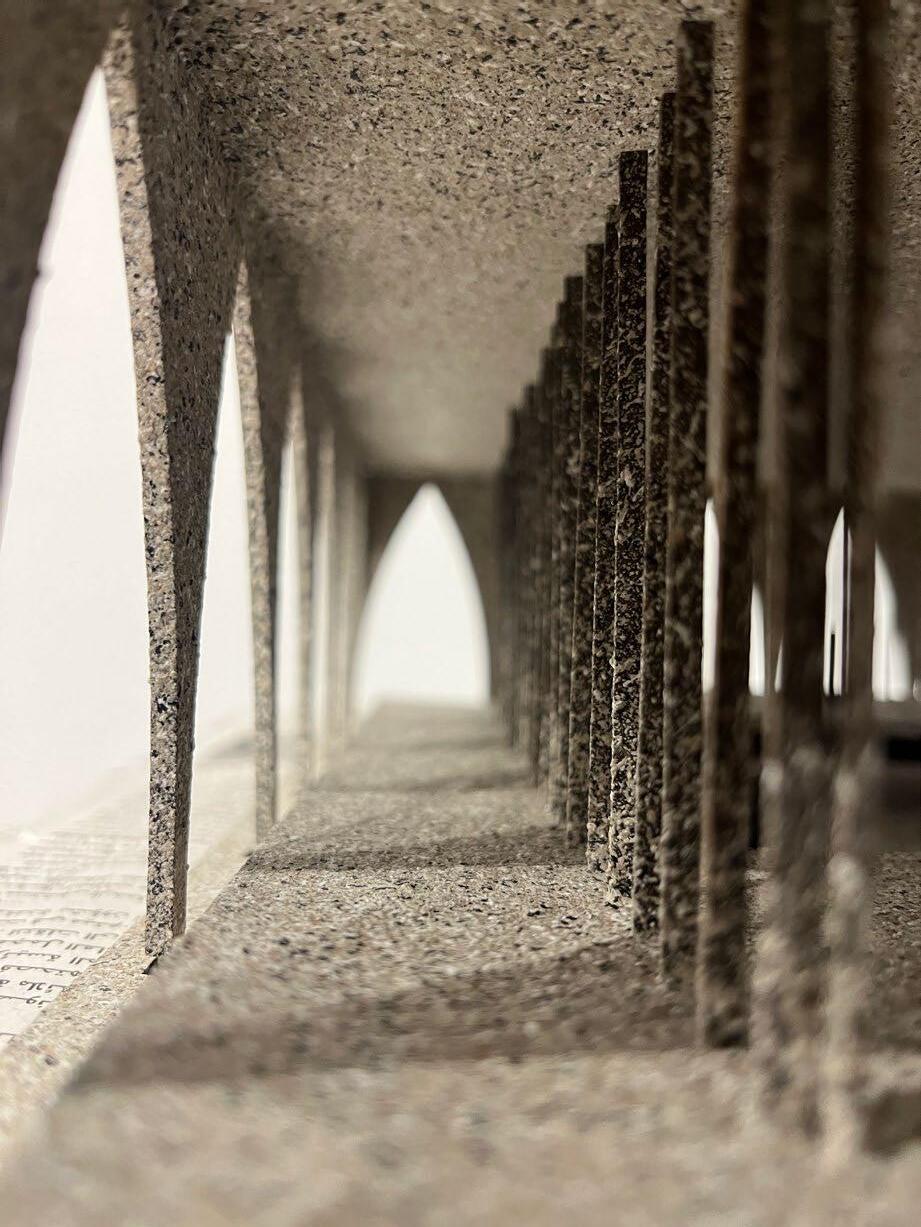
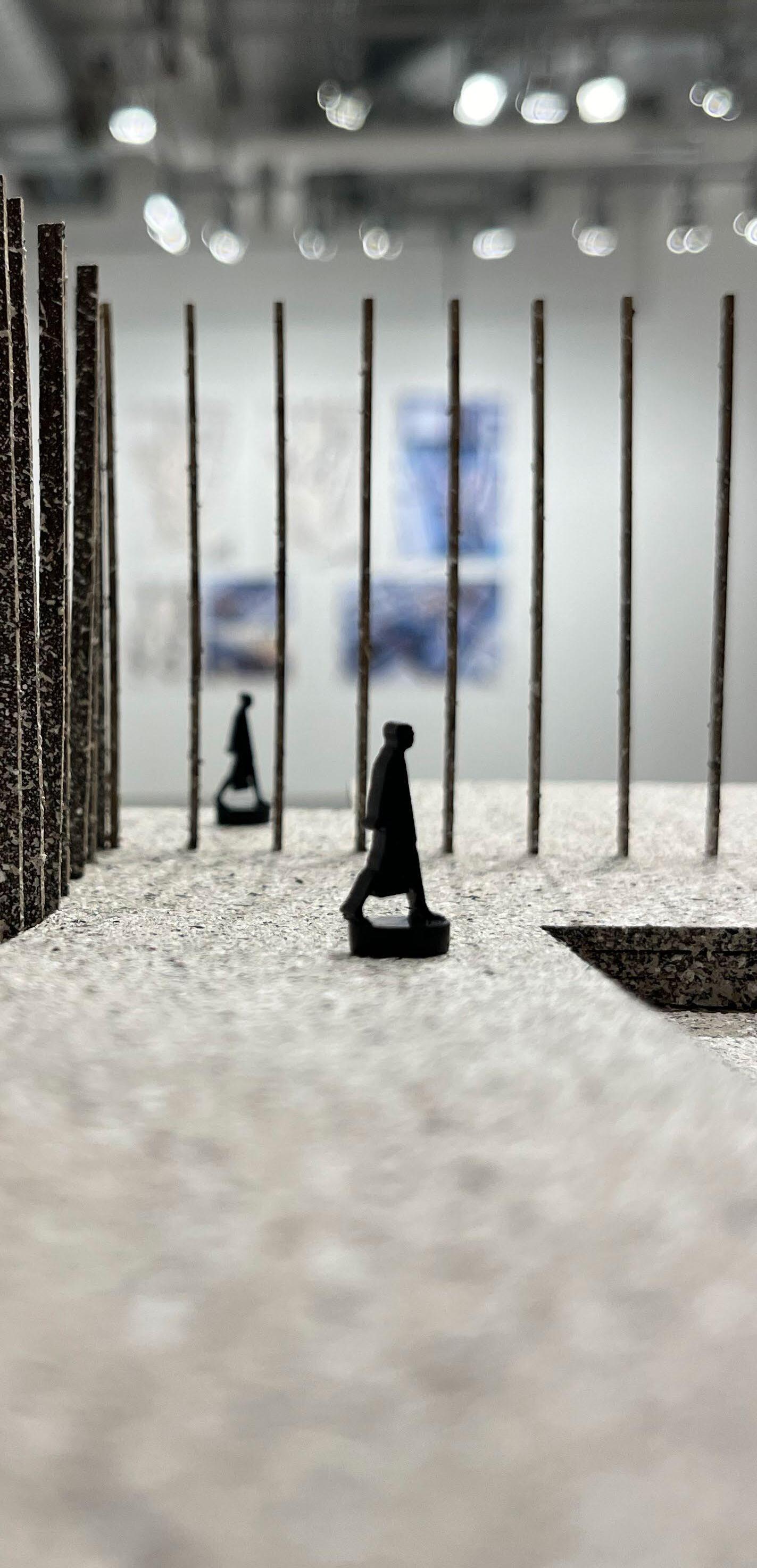

For the Spaces we Mourn:
Experimental Theatre to Memorial

What was originally intended to be an Experimental Theatre was used to store weapons and interrogate prisoners of war. Due to this altered use, the people of Tripoli are wary of entering this harrowing space, as it is the building with the most scarring from the war out of all the structures. There’s power in not giving certain spaces attention, and remaining as a place of rest for souls lost creates this memorial, candlelight reflecting in the pool of water at the space’s center.
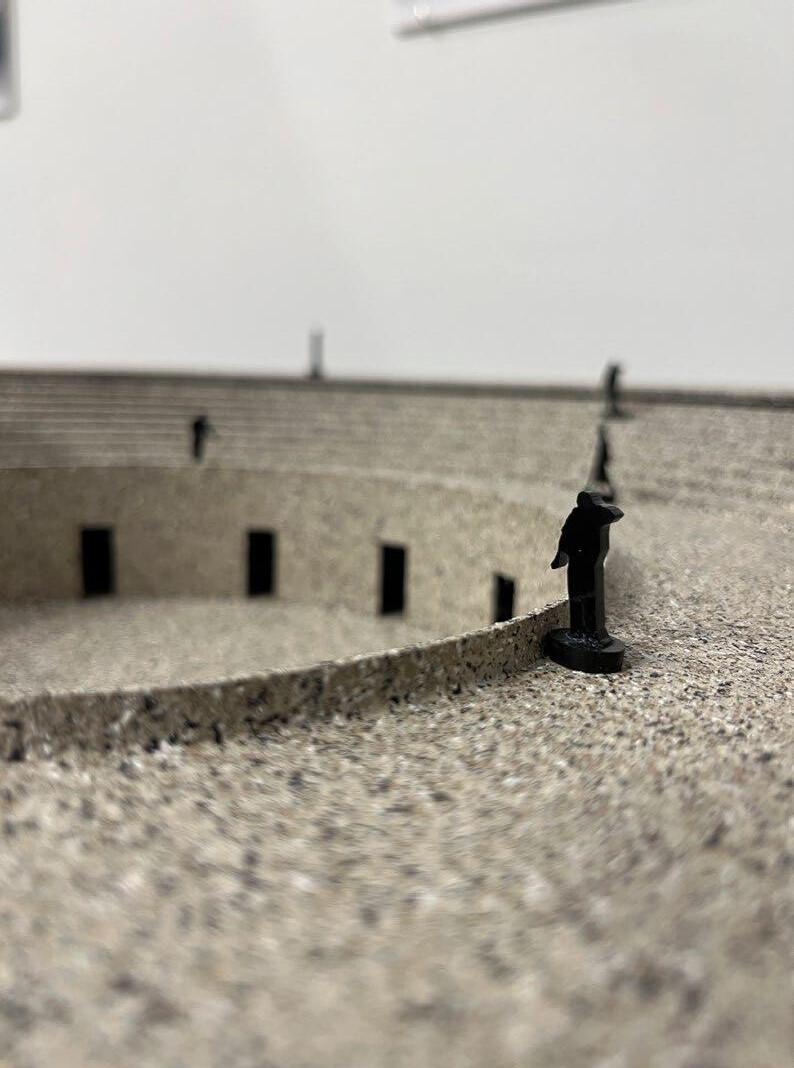
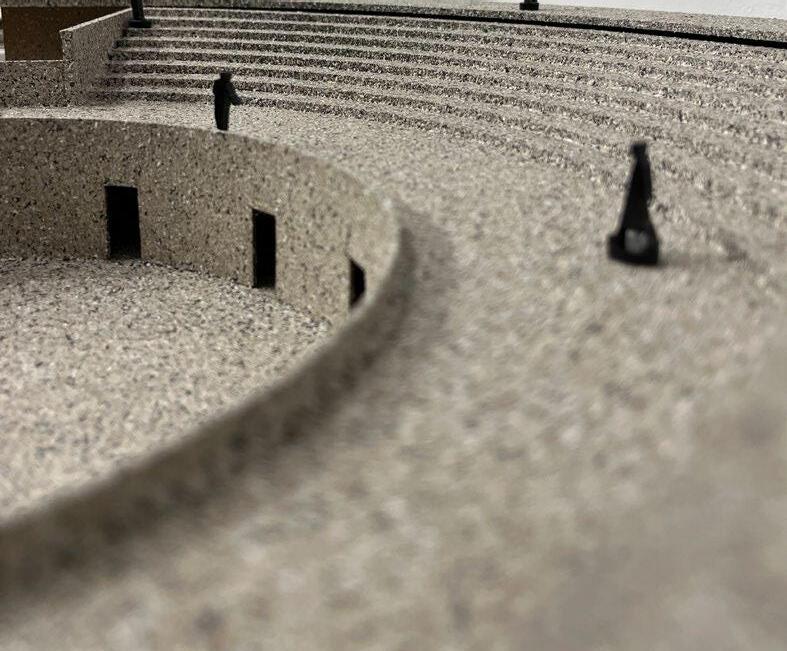








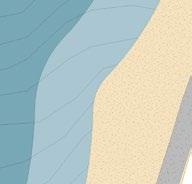



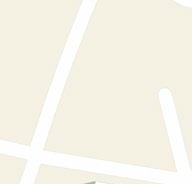


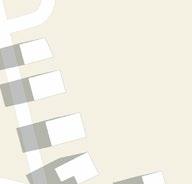



By utilizing the vacant land on the west half of the site, a multi-purpose park for the people of Tripoli, Lebanon is created for exchanging goods, trading knowledge, and fostering growth in the region. The existing site towards the east half is extended and connected to these array of programs, rewriting these various spaces with new definitions towards the growth and welfare of its users.










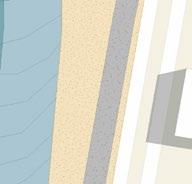


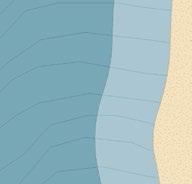







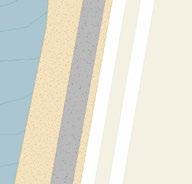




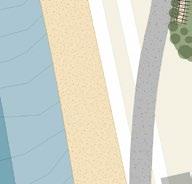
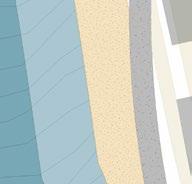
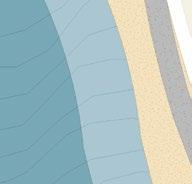











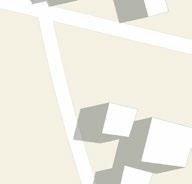

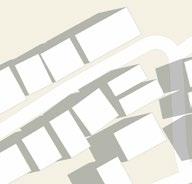

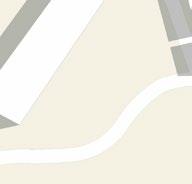


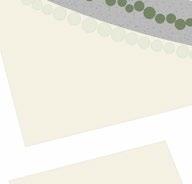


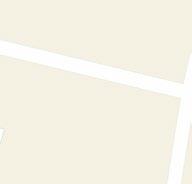


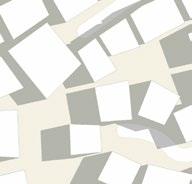






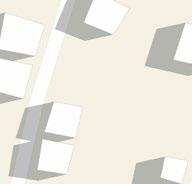




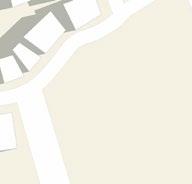







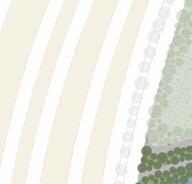
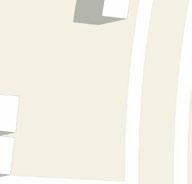





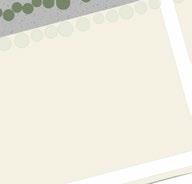


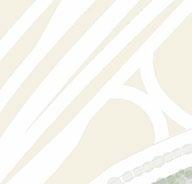
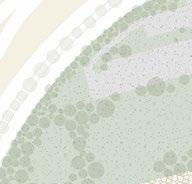
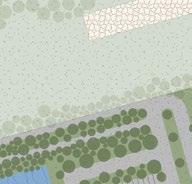

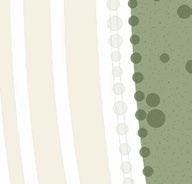



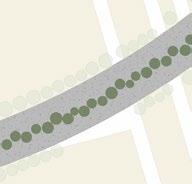

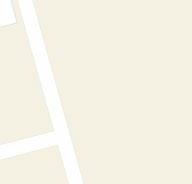

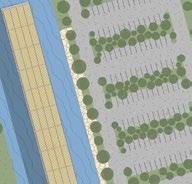




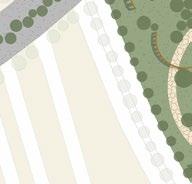

















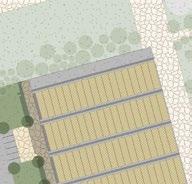
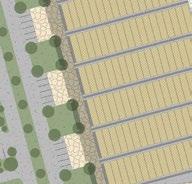


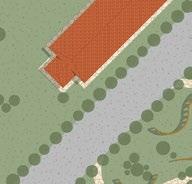



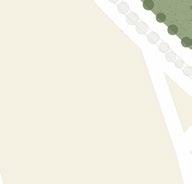

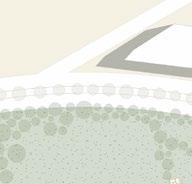

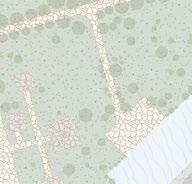




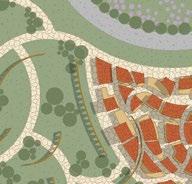



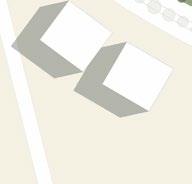
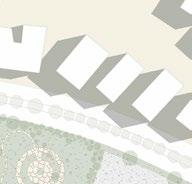
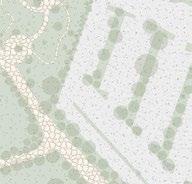
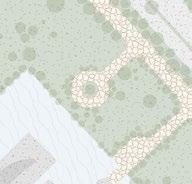

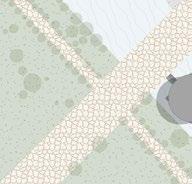
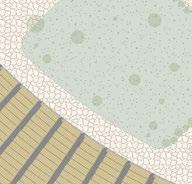
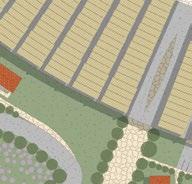
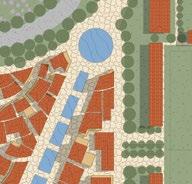
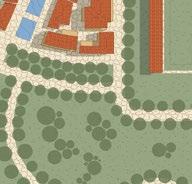



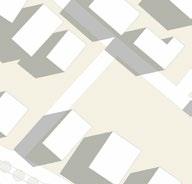

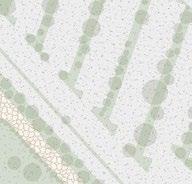
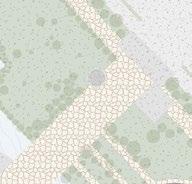




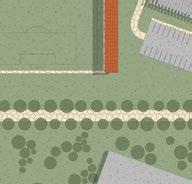

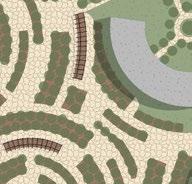




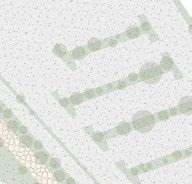
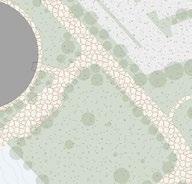

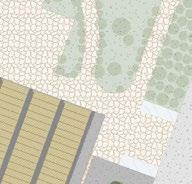
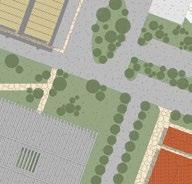

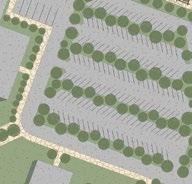

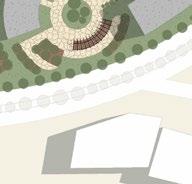

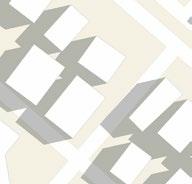
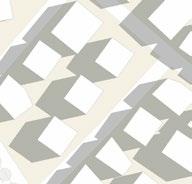


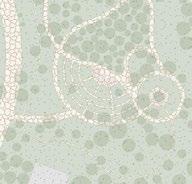





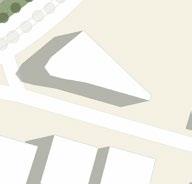







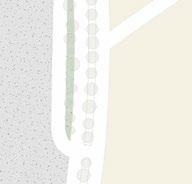
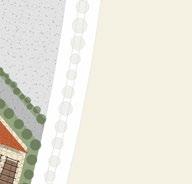
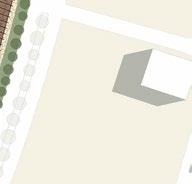




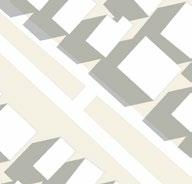

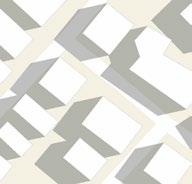
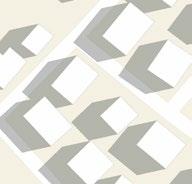

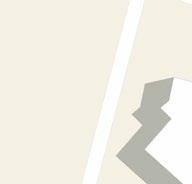

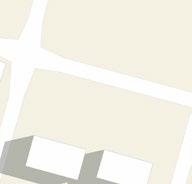
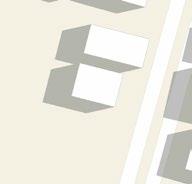
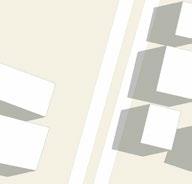

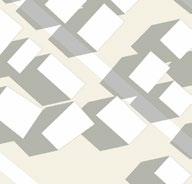



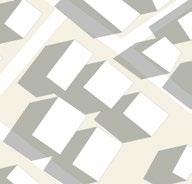
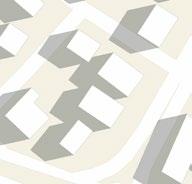

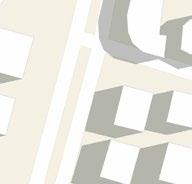
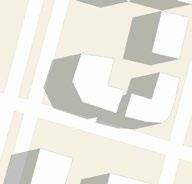
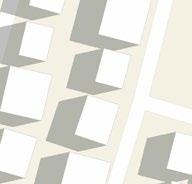
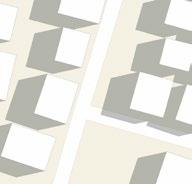




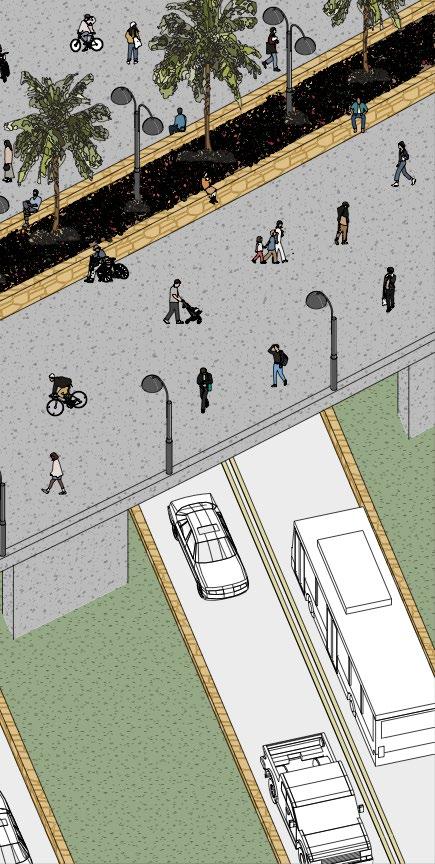


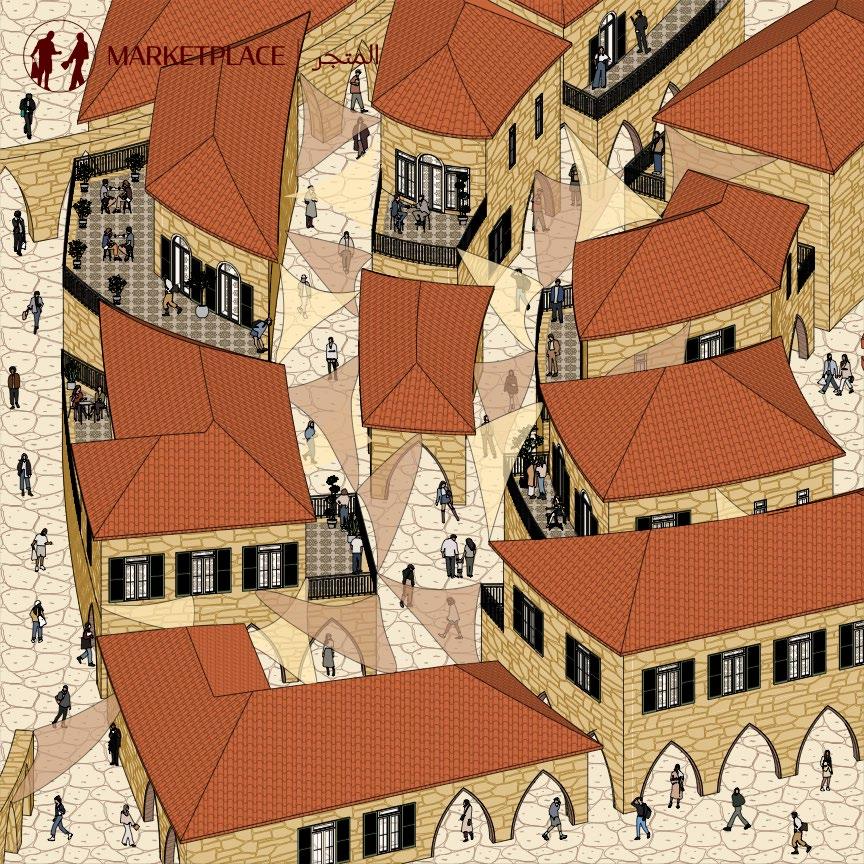


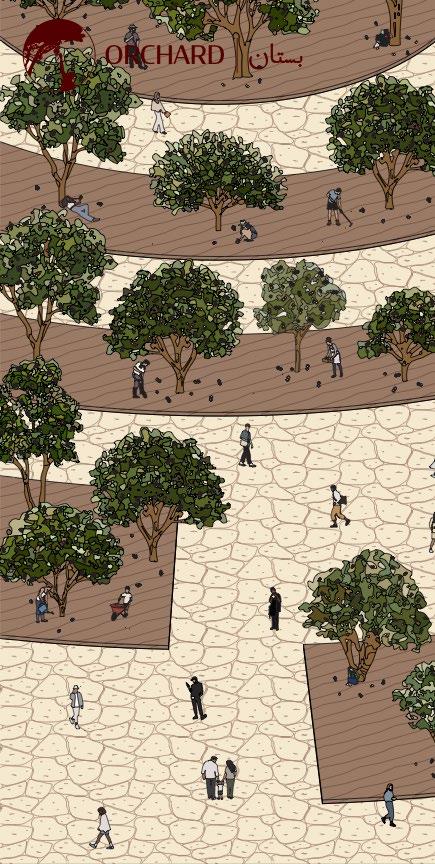
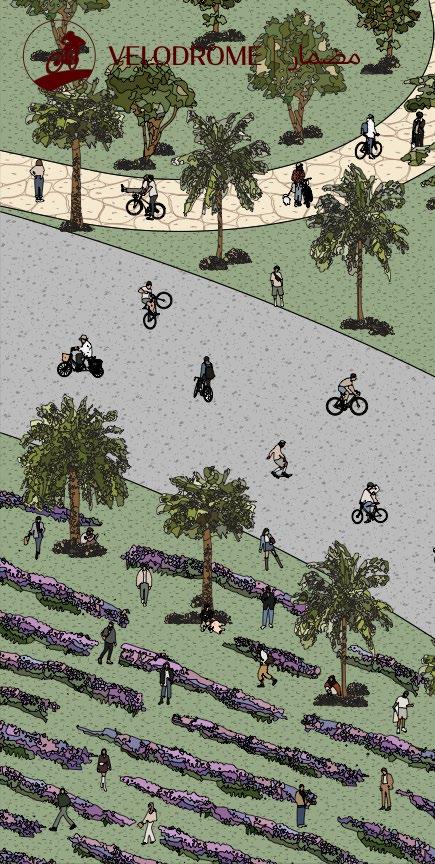

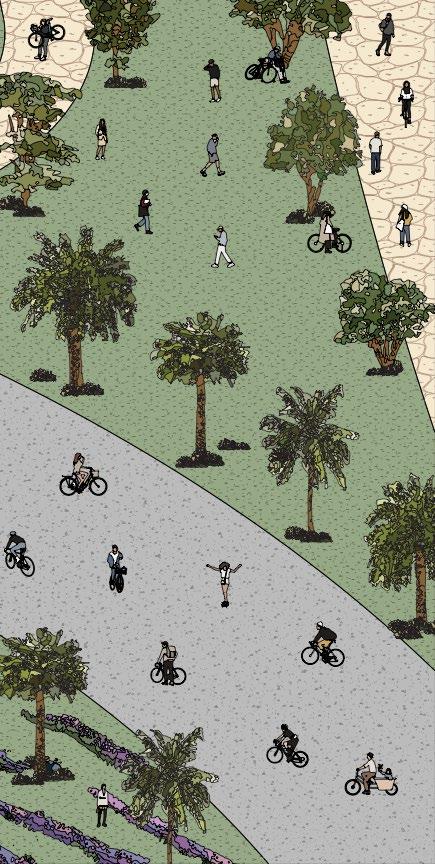


ACADEMIA | GRADUATE STUDIO IV
SUSTAINABLE GREEN MILE
WOODLAWN, CHICAGO IL
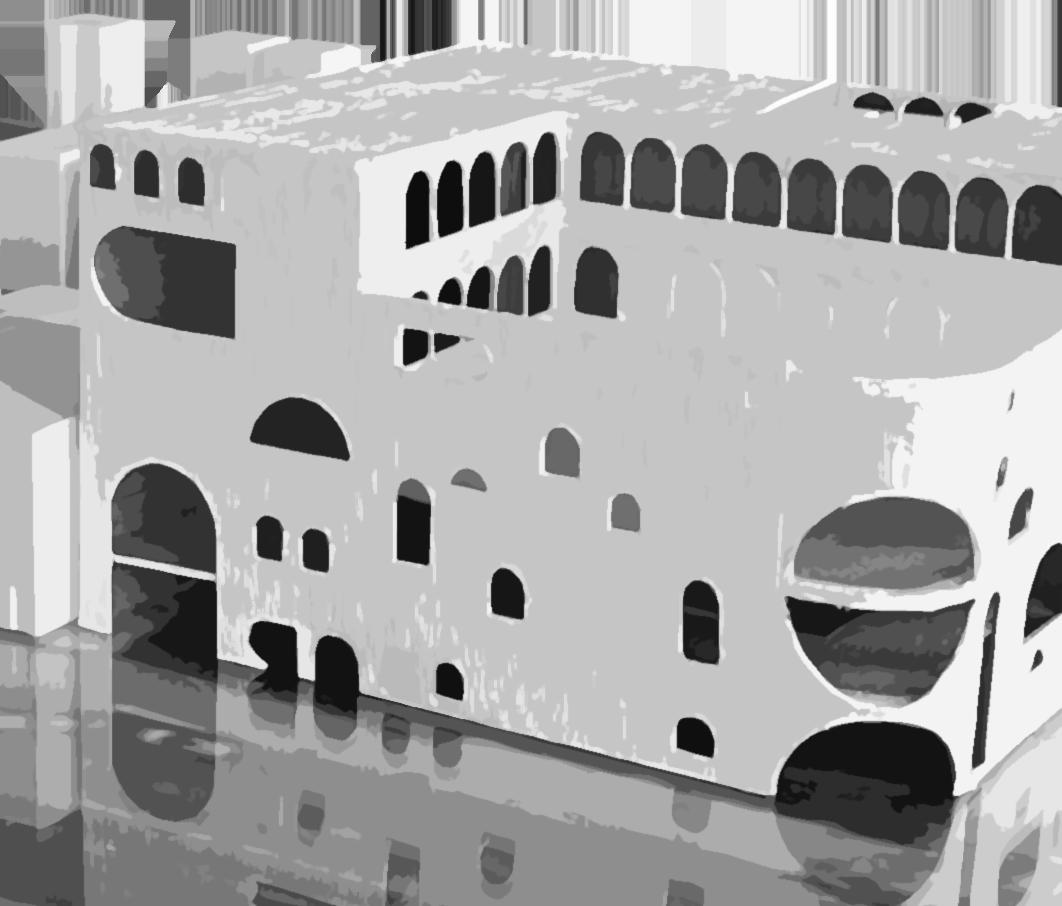
Blacks in Green is a non-profit organization looking to create a green, sustainale design proposal focusing on a neglected neighborhood block to further benefit and provide growth to the community. Focusing on building development along South Cottage Grove, the introduction of a multi-purpose technical and educational hub while providing places of rest and leisure throughout the site will create new methods of engagement to the community, altering the historical narrative to fit the community’s needs.


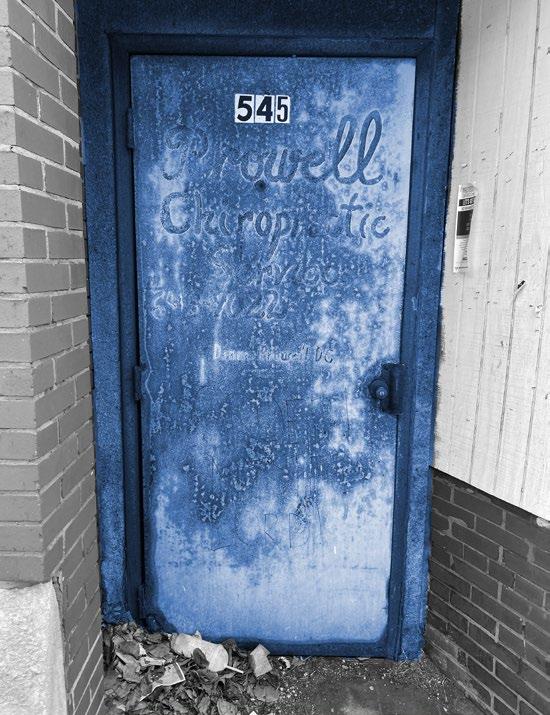
The presence of the past is shown through spatial ambiguities in Woodlawn, leading to questions of prior occupancy, and referencing historic details existing elsewhere can cue potential strategies towards the future.
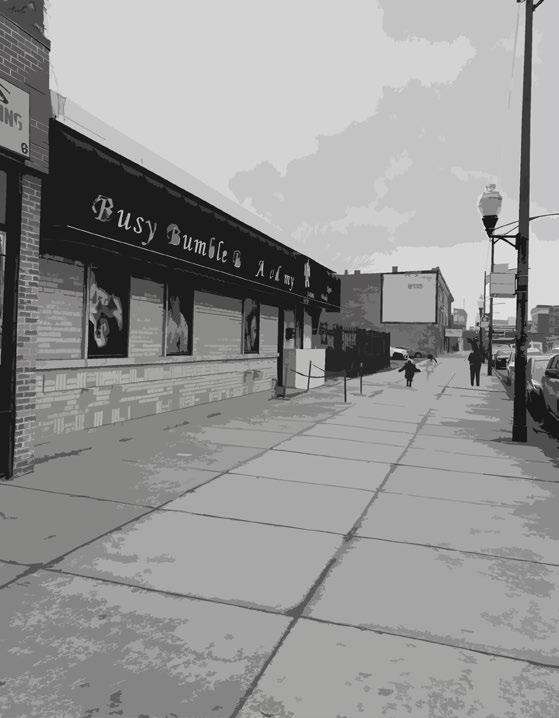
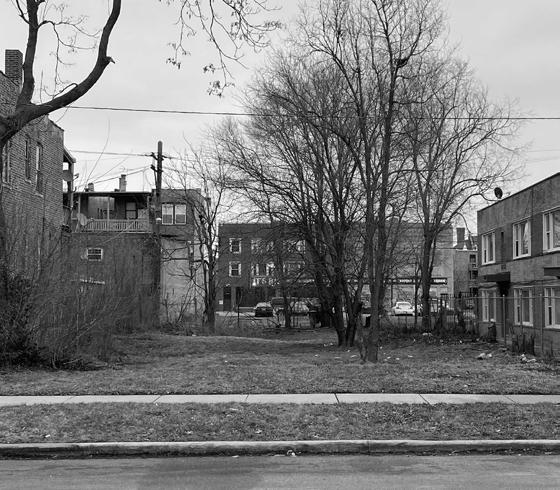


The presence of the past is shown through spatial ambiguities in Woodlawn, leading to questions of prior occupancy, and referencing historic details existing elsewhere can cue potential strategies towards the future.




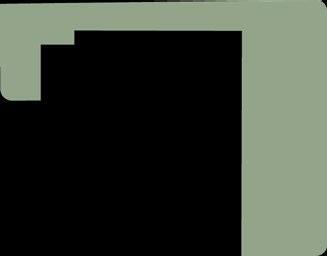
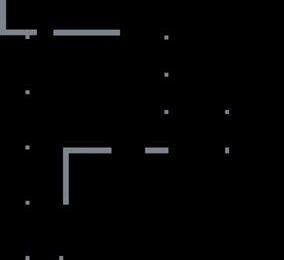


























































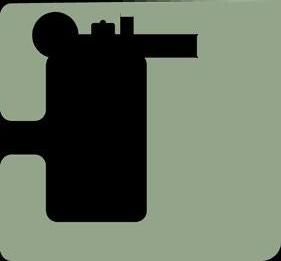























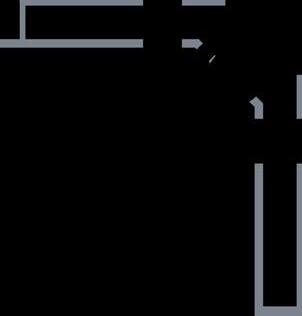

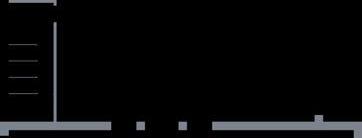











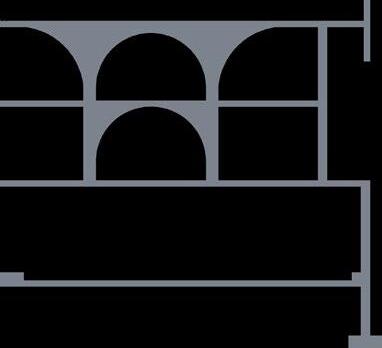

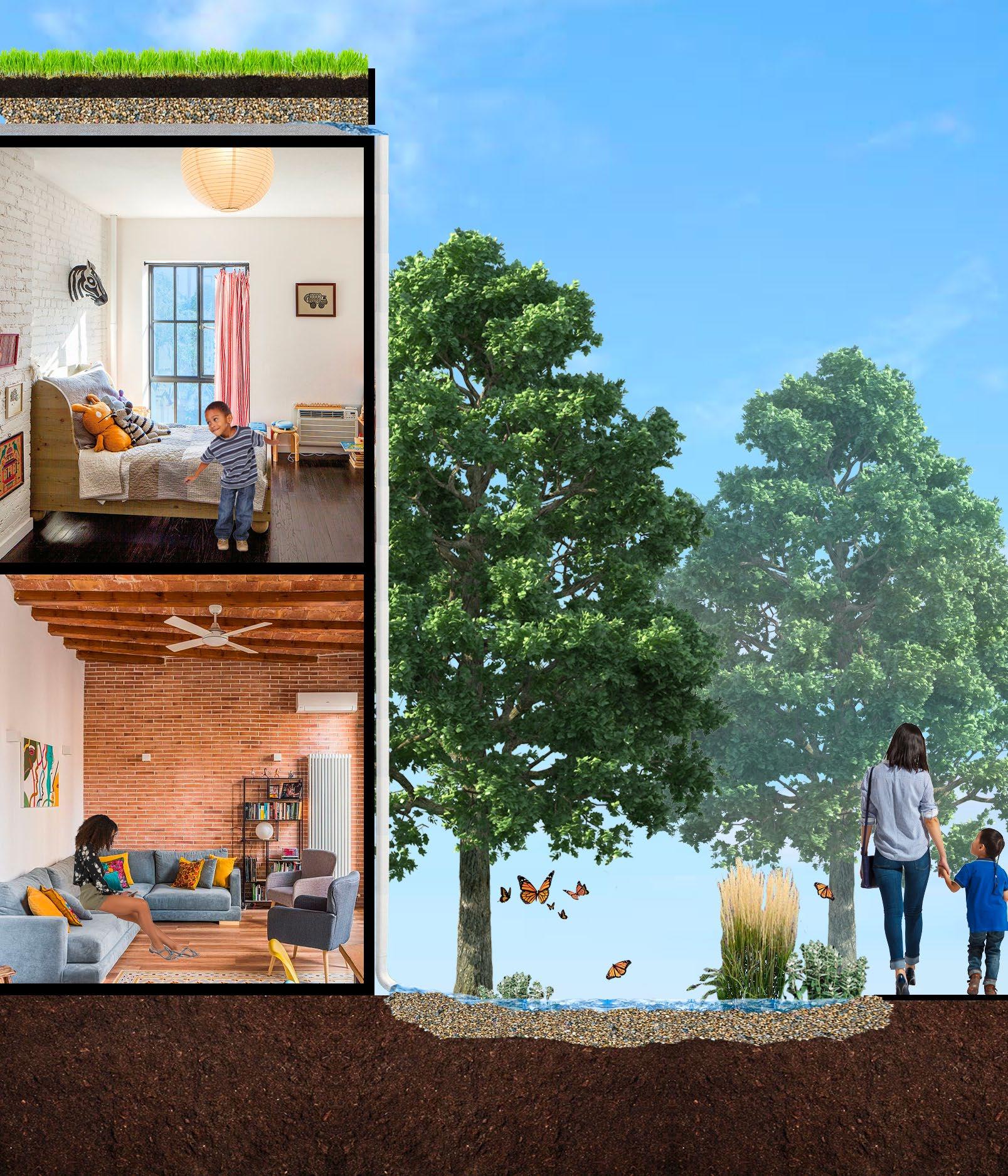


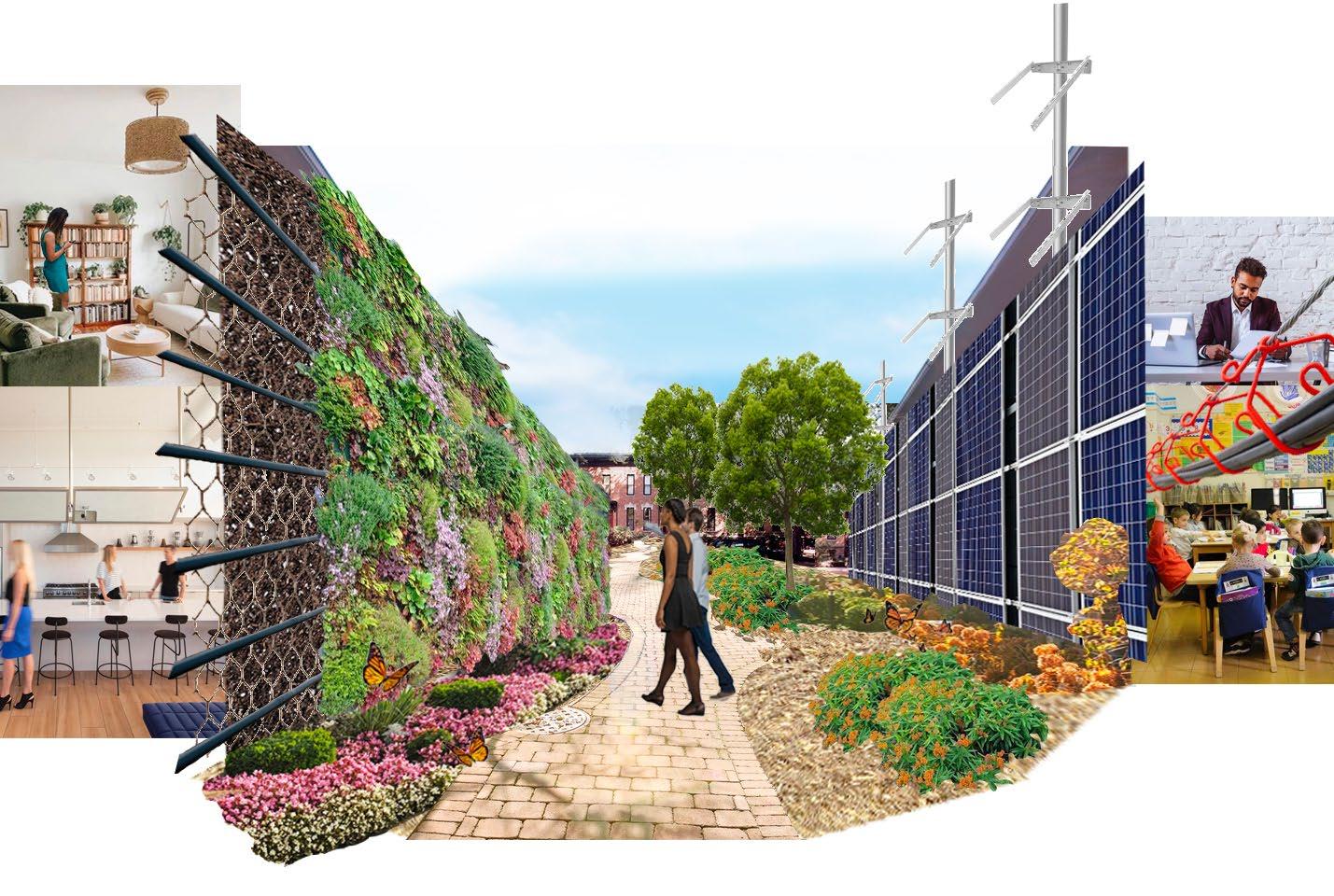
ACADEMIA | COMPREHENSIVE GRADUATE STUDIO V SCHOOL OF THE ART INSTITUTE OF CHICAGO DORMITORY THE LOOP, CHICAGO IL
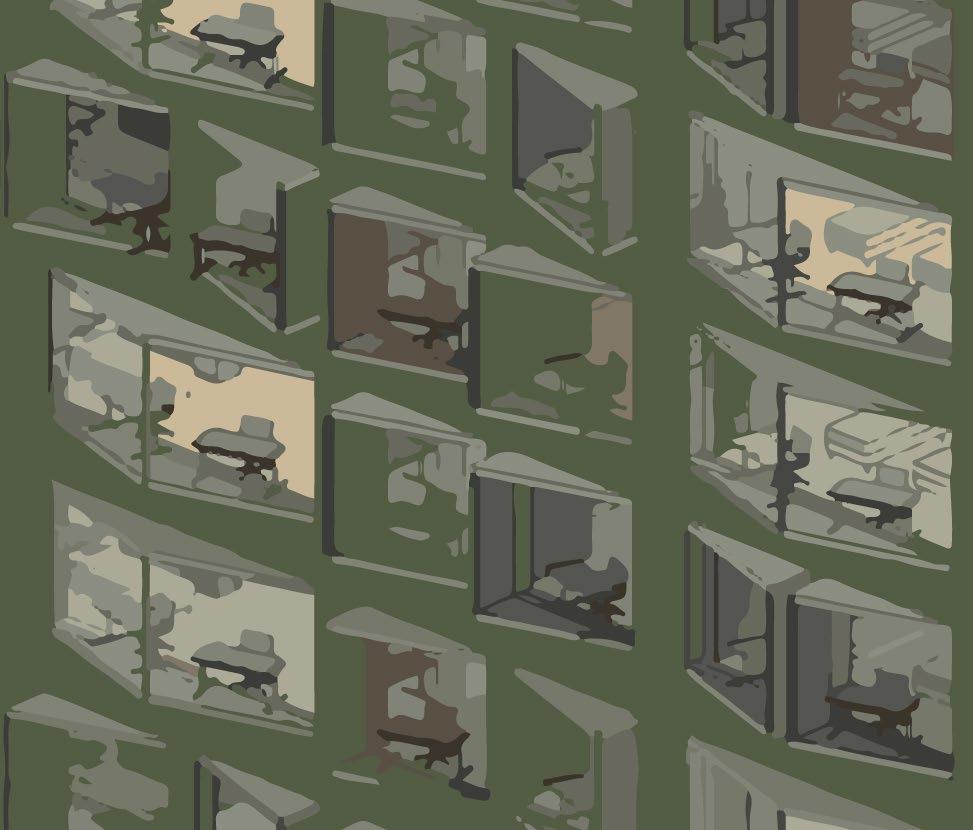
The Century Building is part of the Loop Reatil Historic District in Chicago facing the risk of demolition.This proposal aims to reuse the existing structure and the adjacent vacant lot to design a dormitory for the Art Institute. Buidling codes, specifications, zoning, egress, and ADA compliancy were considered in this comprehensive design to understanding rules and regulations within the structures envelope and surrounding context.

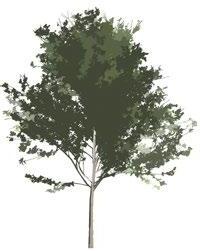
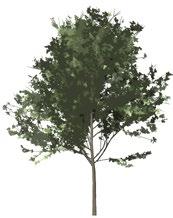





HVAC DIAGRAM


ACADEMIA | DESIGNING DISTANT STUDIO
MODULAR BUILDING PROPOSAL
HIGH DENISTY LOCATIONS

A shift to working remote has resulted in unused office building spaces. This design proposal aims to reuse these spaces through pre-fabricated modular units able to attach and alter building layouts allowing for new spatial programming. This can ultimately lead to creating an entire modular strcture which can adapt to a community’s needs of a space through modifying and altering its physical footprint.



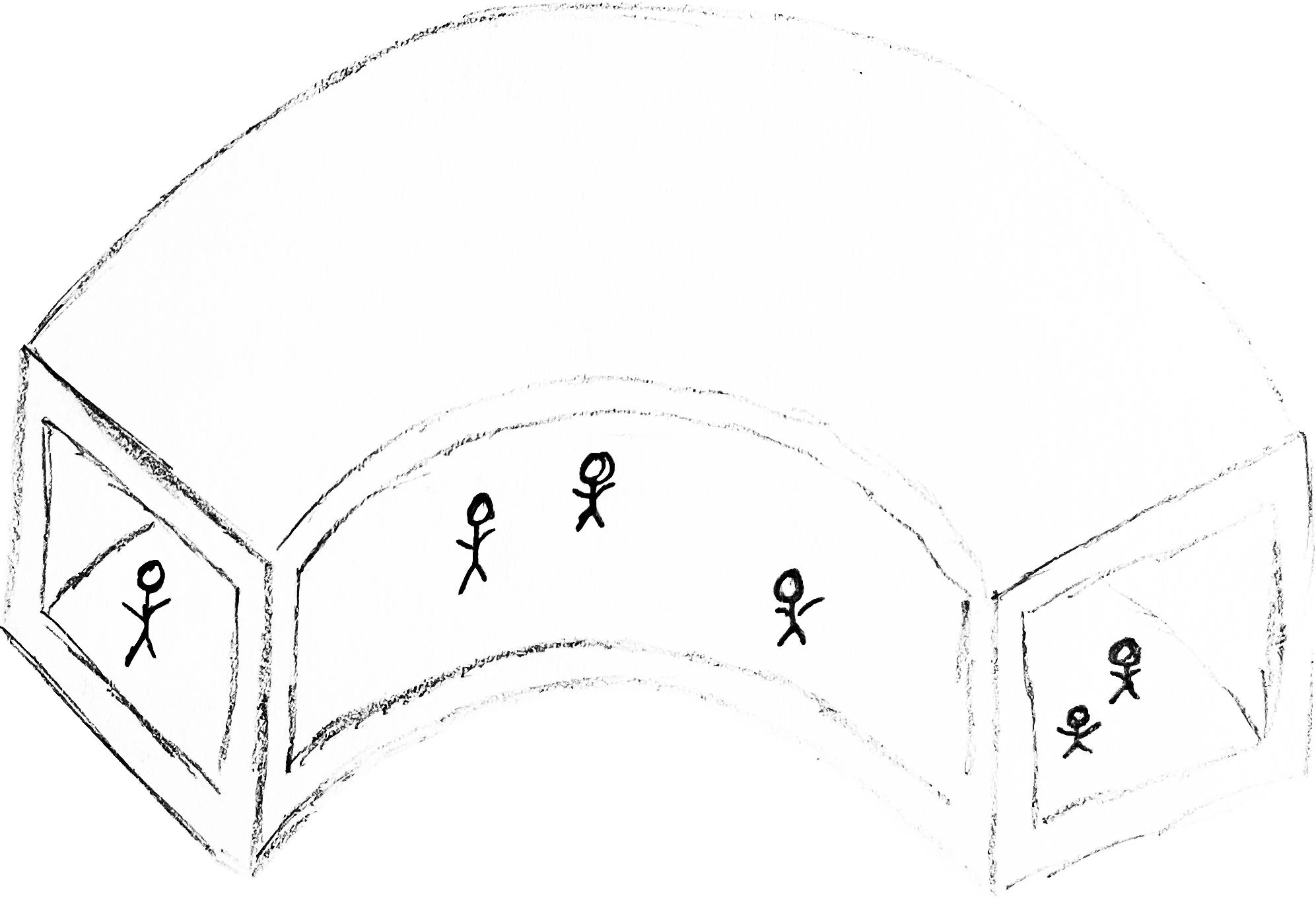
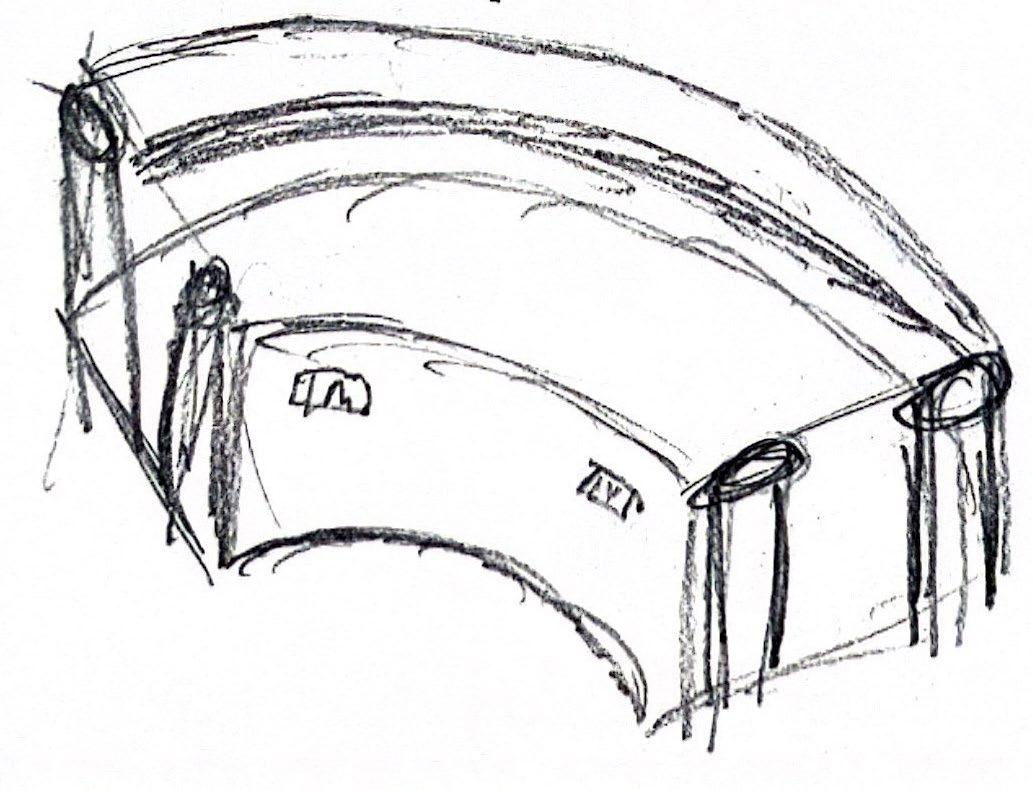

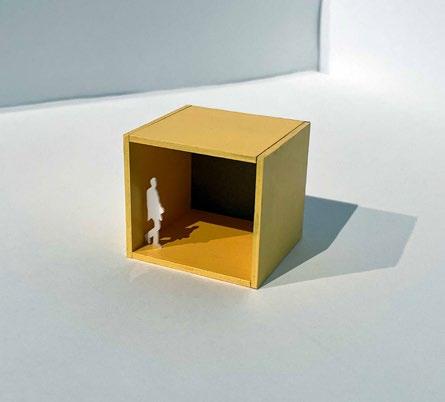

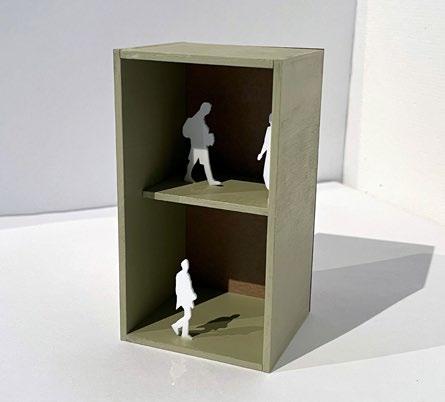


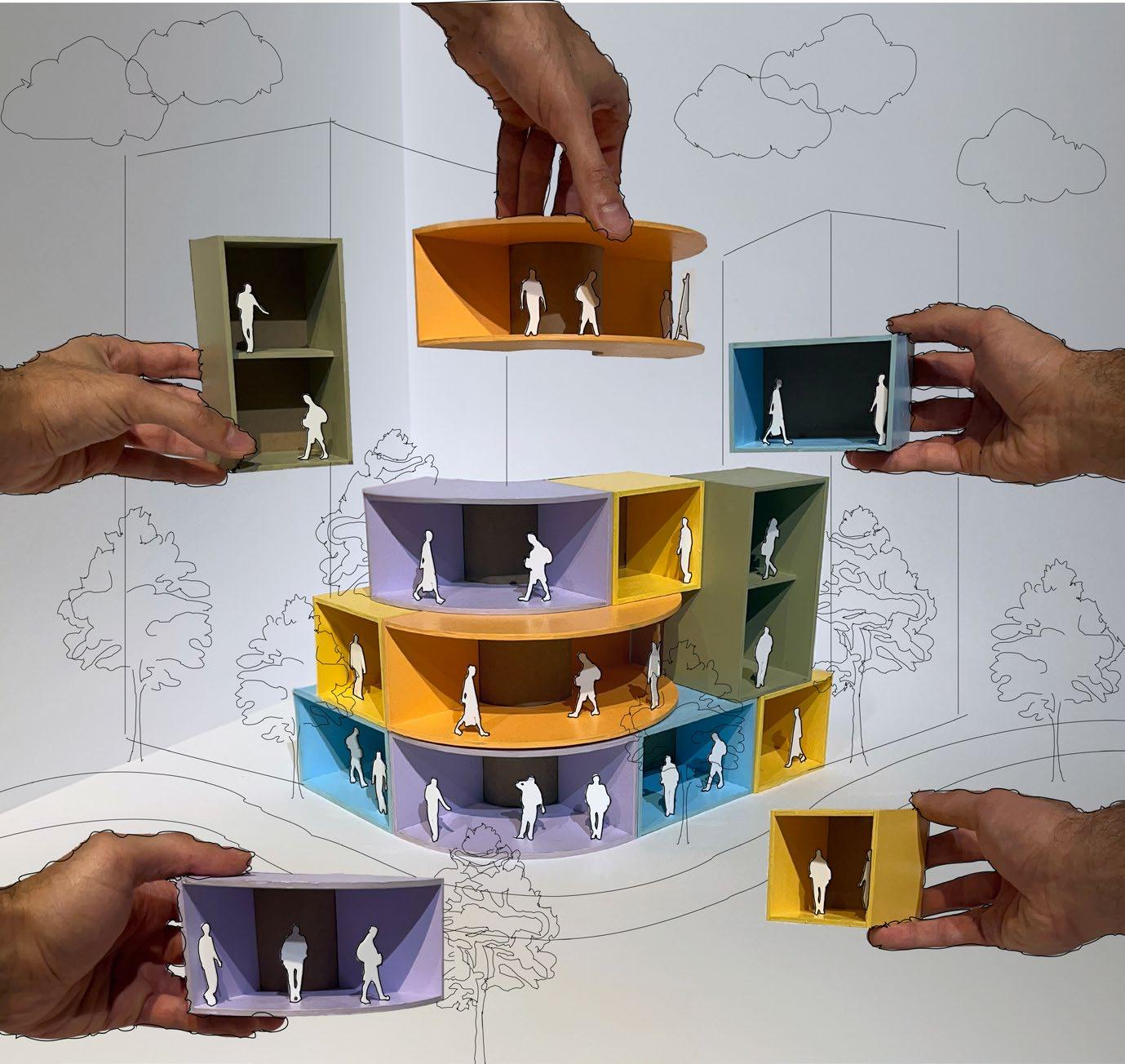

PREFABRICATED EX TERIOR
CORT EN STEEL
STAINLESS STEEL MASS TIMBER
PRECAST CONCRETE PANELS
GYPSUM CEILING FINISH & RIGID INSULATION
RECESSED LIGHTING
PLUMBING
COOLING: CENTRAL AIR
PRECAST FLOORING
CONCRETE TERRAZZO STONE TILE
AXONOMETRIC UTILITIES HEATING: RAIDATED FLOORS
ACADEMIA | GRADUATE STUDIO I
NON-PROFIT HEADQUARTERS
MARINA CITY, CHICAGO IL

The Friends of the Chicago River, is looking to relocate their headquarters to Marina City by utilizing the space currently occupied by the restaurant, Smith and Wollensky. By transforming the private-public space hornizontally and vertically, the public can enjoy the new space on street level while activating the levels below and opening light and views into the new office space.
1/32” = 1’
1/64” = 1’
1/32” = 1’
